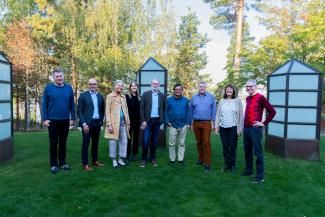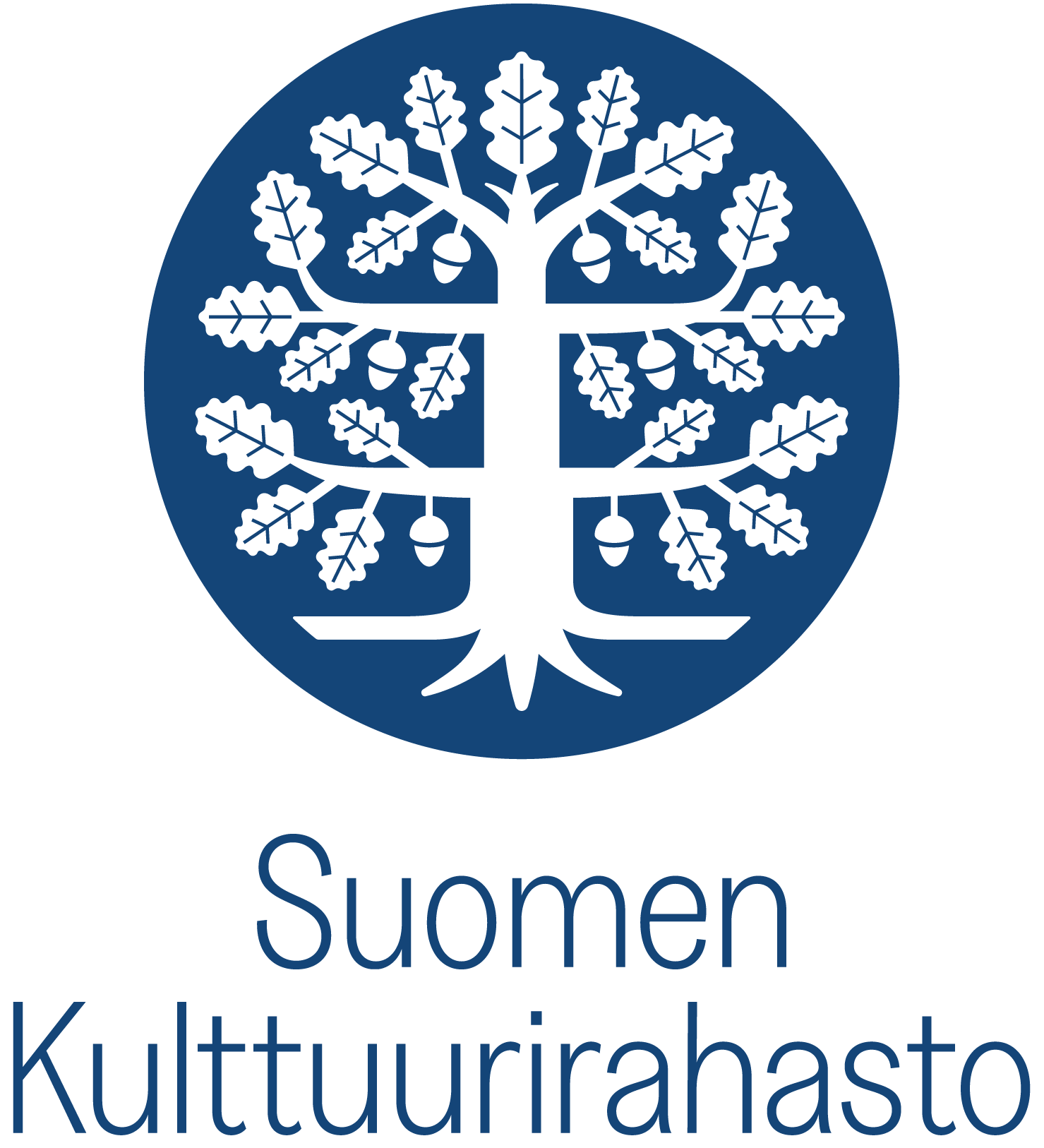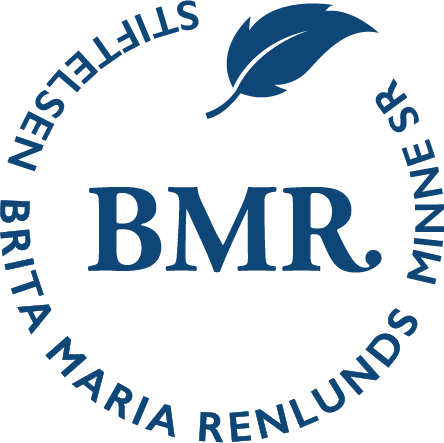
Nordic Basic Schools as Past, Present and Future Sites for Solving the Challenges of Making Diverse Inclusive Knowledge-based Societies
‘One school for all’ is at the core of the Nordic welfare state. The vision of a common basic school was born after the Second World War as a solution to the challenges of the time and it was implemented in Sweden, Finland, Norway and Denmark during the 1960s and 1970s. Nordic societies now face the challenge of maintaining a just and inclusive society while undergoing rapid ideological and social changes.
The Nordic basic school came to be known for its ambition to achieve quality and equality. The school would be a meeting place where all children, regardless of background, class, culture, gender, ability, and language, received the same education and socialised together.
Since then, Nordic schools have lost some of their original lustre. Differences between schools are increasing, along with social exclusion. Rapid digitalisation and the constant connection made possible by mobile phones and computers have contributed to increased individualisation and to weakening of the classroom walls in relation to time, location and space. At the same time, students’ social lives increasingly take place on constantly available social media. The circumstances surrounding social interaction in the classroom have therefore also changed.
Against this background, researchers examine how the basic school as a physical and social space shapes social interaction and learning. They study in particular four schools, one in each country, divided into three sub-studies.
In the first sub-study the researchers analyse how national school reforms and guidelines for basic schools have been implemented on a local level. In the second sub-study, interviews are conducted with former students of the chosen schools, today in their fifties. Interviews will focus on what opportunities schools gave students in the 1970s to create social relations regardless of social background, and what importance contacts made in school have had in the long run. In the third sub-study, the following questions are examined in relation to today’s school: what opportunities does today’s school premises provide students of different social backgrounds to socialise; and what role does digital togetherness play in the relationships that are built?
The research material consists of policy documents and archive material from the selected schools, interviews with former students about their life histories, and video material, field notes, and interviews from the schools today. The purpose of the project is to develop models for how the school can prepare students for the knowledge-based society.
Researchers in pedagogy, history and applied linguistics participate in the project. The project is hosted by the University of Helsinki. It has been granted 900,000 euros.
Follow the project
Project group

Professor Fritjof Sahlström (project leader), University of Helsinki
Associate professor, docent Marie Nilsberth, Karlstad University
Associate professor, docent Stig-Börje Asplund, Karlstad University
Professor Nikolaj Elf, The University of Southern Denmark
PhD (Education) Tuuli From, Åbo Akademi University
Lecturer, PhD Jens Jørgen Hansen, The University of Southern Denmark
Associate professor Petteri Laihonen, The University of Jyväskylä
Professor Héctor Pérez Prieto, Karlstad University
University lecturer, docent Fredrik Rusk, Åbo Akademi University
Associate professor, docent Johan Samuelsson, Karlstad University
Associate professor Anna Öhman, Karlstad University
Doctoral research fellow Cathrine Arntzen Tollåli, Nord University







